Getting layers can feel like a fresh start—until you realize they’re not quite working with your face the way you pictured. It’s not always the cut that’s wrong, but how it frames your features. The shape of your face plays a bigger role than most people realize, and understanding that can save you from a lot of “why doesn’t this look right?” moments.
This isn’t about strict beauty rules or changing what makes you unique. It’s about balance—knowing which types of layers can soften angles, add structure, or highlight what you love most about your face. A few simple guidelines can help you walk into your next haircut with way more confidence and way fewer surprises.
Oval Face Layering Strategy
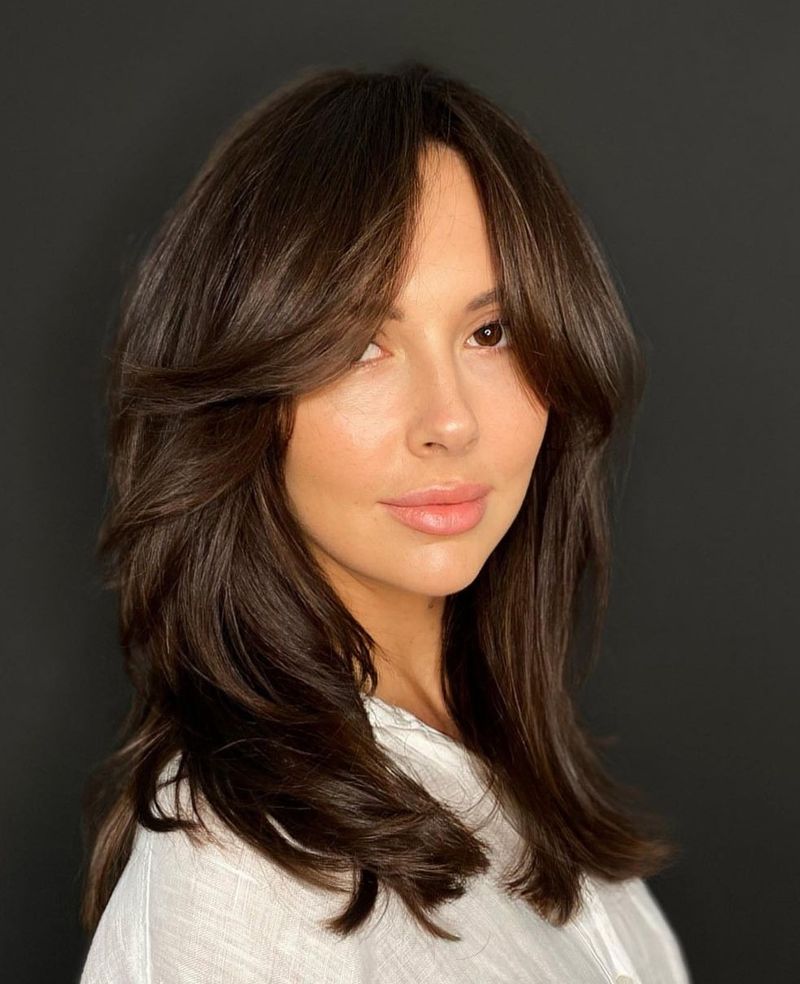
An oval face is considered the ideal face shape, where layers can be a game-changer. Adding subtle layers starting from the cheekbones can bring out the symmetry of the face. To enhance this shape, avoid heavy layers at the ends, as it might elongate the face unnecessarily.
Instead, focus on soft, feathered layers that blend seamlessly with the face’s natural lines. This approach maintains balance and highlights features like the eyes or cheekbones. Embrace the versatility of the oval face by experimenting with varied lengths and angles for a chic, modern look.
Round Face Layering Strategy
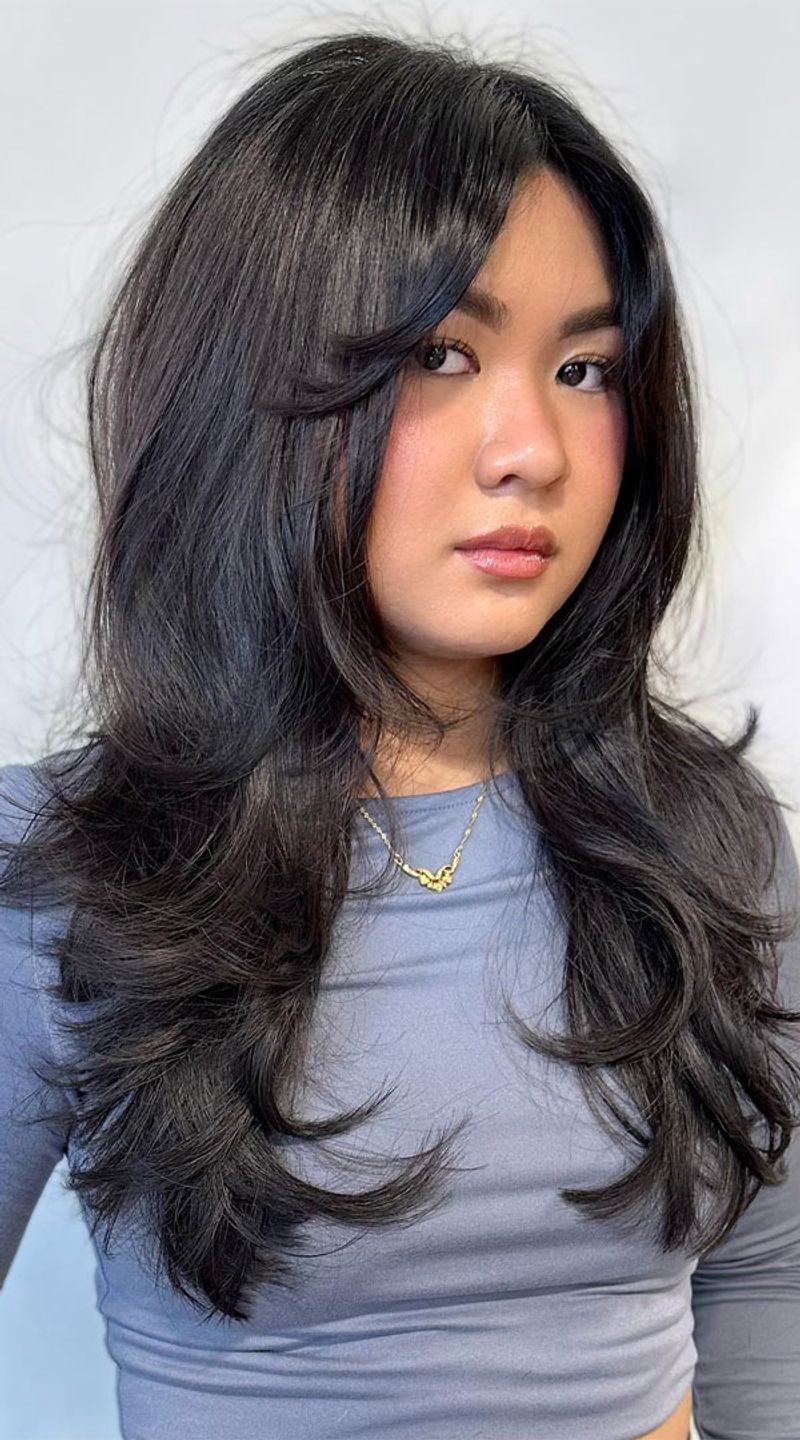
Round faces often benefit from layers that create an illusion of length. Try layers that start just below the chin to help elongate the face and add height at the crown to draw the eyes upward.
Avoid layers that end around the cheeks, as this can accentuate roundness. Instead, consider asymmetrical or angled layers that add dimension and create a more elongated silhouette.
Adding a side-swept bang can also help break the circular shape and offer a more oval appearance, providing a harmonious balance to facial features.
Square Face Layering Strategy
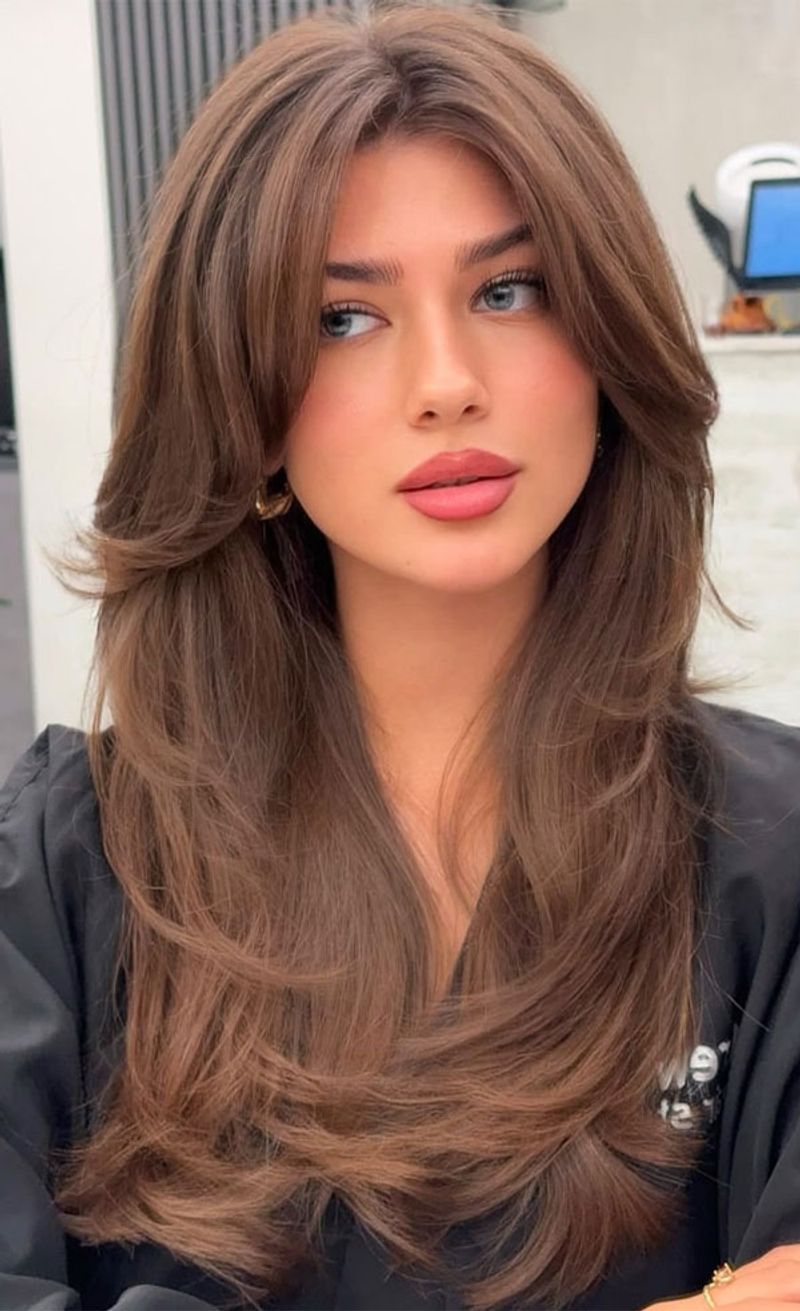
For square faces, layers can soften the strong jawline and add femininity. Opt for long, soft layers that start below the jaw to create a gentle, flowing effect.
Avoid blunt cuts, which can emphasize angular features. Instead, soft, wispy layers can round off the edges, giving a more oval-like appearance.
Loose curls or waves can further enhance this look, adding softness and movement. By focusing on creating a rounded silhouette, the face appears more balanced and less angular, exuding a graceful charm that’s hard to resist.
Heart-Shaped Face Layering Strategy

Heart-shaped faces are characterized by a wider forehead and a narrower chin. Layers that start below the chin can add volume where it’s needed most.
Consider long, side-swept bangs to balance the forehead and draw attention to the eyes. Avoid short layers, as they can make the forehead appear broader.
Instead, focus on creating fullness around the jawline, which helps in achieving a more proportionate look. Soft waves can enhance this effect, offering a romantic and effortless appeal that flatters the heart-shaped face perfectly.
Diamond Face Layering Strategy

Diamond faces, with their narrow forehead and jawline, benefit immensely from strategic layers. Opt for layers that frame the cheekbones, enhancing this unique feature.
Avoid heavy layers at the top, as they can add unnecessary width to the face. Instead, soft, face-framing layers add depth and balance, creating a harmonious look.
A middle part with gentle waves can also complement this face shape, highlighting its natural angles. The combination of structure and softness offers a dynamic and visually appealing style that emphasizes the diamond face’s special characteristics.
Long Face Layering Strategy
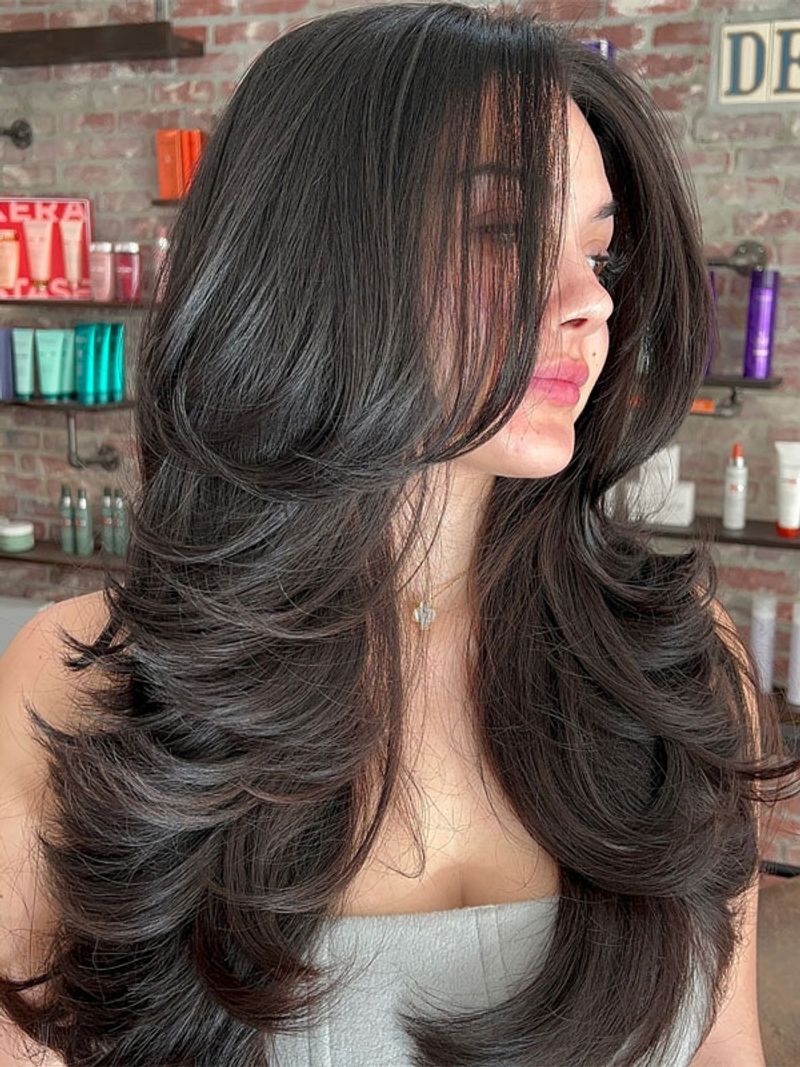
Long faces often require layers that add volume on the sides to create a balanced look. Focus on voluminous layers that start around the cheekbones to add width.
Avoid long, straight styles, as they can elongate the face further. Instead, layered waves or curls add softness and breadth, making the face appear shorter.
Side-swept bangs can further enhance this effect, offering a youthful, lively appearance. By focusing on width rather than length, the hairstyle achieves equilibrium, bringing attention to the eyes and cheekbones for a more harmonious visage.
Triangular Face Layering Strategy
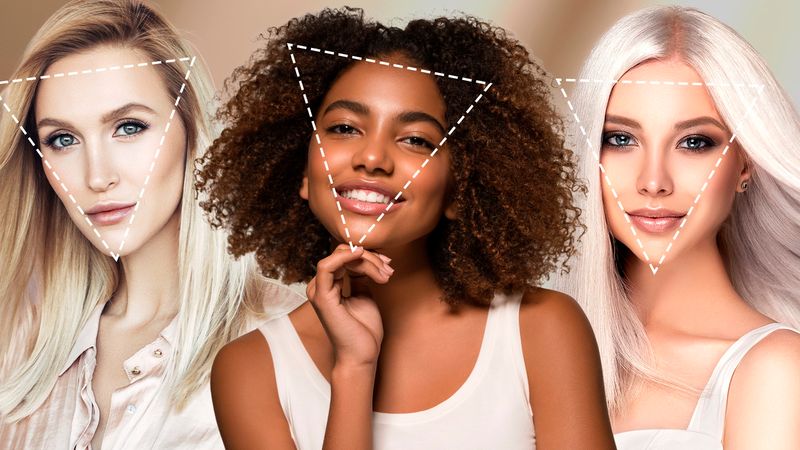
Triangular faces, known for a wider jaw, require layers that reduce the prominence of the lower face. Layers that start above the jaw can create a balanced look.
Avoid blunt cuts at the jawline, as they can accentuate its width. Instead, soft, graduated layers add volume to the upper face, balancing the silhouette.
Pairing these layers with side bangs can further decrease the jaw’s prominence, providing a softer, more oval appearance. This thoughtful approach results in a stylish yet balanced look, enhancing the natural beauty of a triangular face.
Rectangular Face Layering Strategy
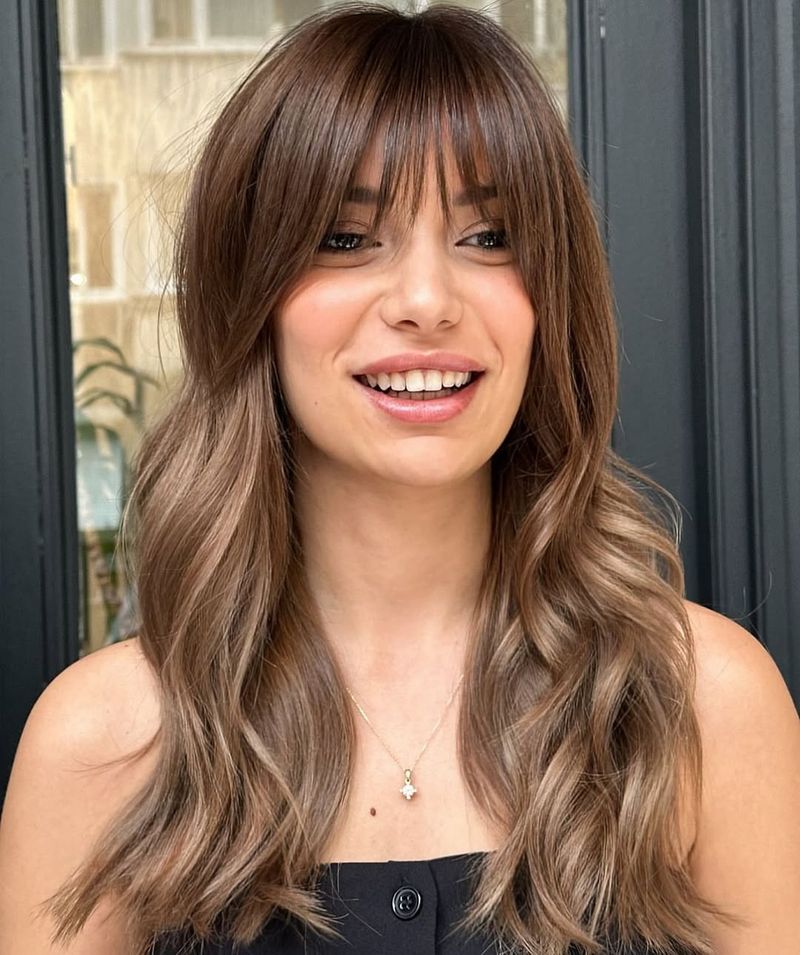
Rectangular faces, characterized by their elongated shape, benefit from layers that add width and reduce length. Opt for soft layers that start at the cheekbones to add volume.
Avoid long, straight styles that emphasize the face’s length. Instead, side-swept or curtain bangs can break the vertical lines, adding softness.
Consider layers that frame the face, creating a rounded effect. This adds dimension and reduces the appearance of length, resulting in a harmonious and flattering style that complements the rectangular face beautifully.
Oblong Face Layering Strategy
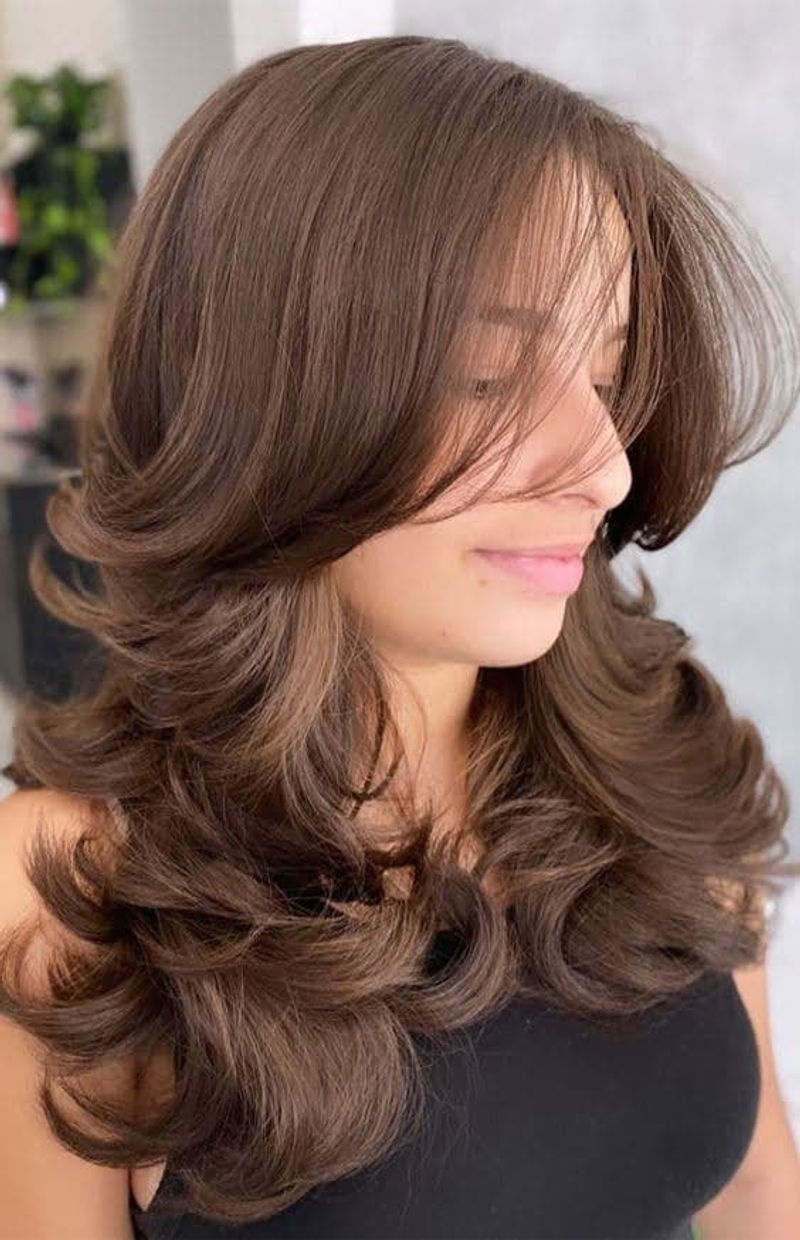
For oblong faces, layers should add width and reduce the elongated appearance. Focus on voluminous layers starting at the cheekbones to add breadth.
Avoid styles that add height, as they emphasize length. Instead, layered waves or curls add softness and dimension, shortening the face visually.
Curtain bangs can further balance the face, providing a youthful, chic look. This strategy ensures the hairstyle complements the natural features of an oblong face, offering a balanced, appealing appearance that draws attention to the eyes and smile.
Inverted Triangle Face Layering Strategy
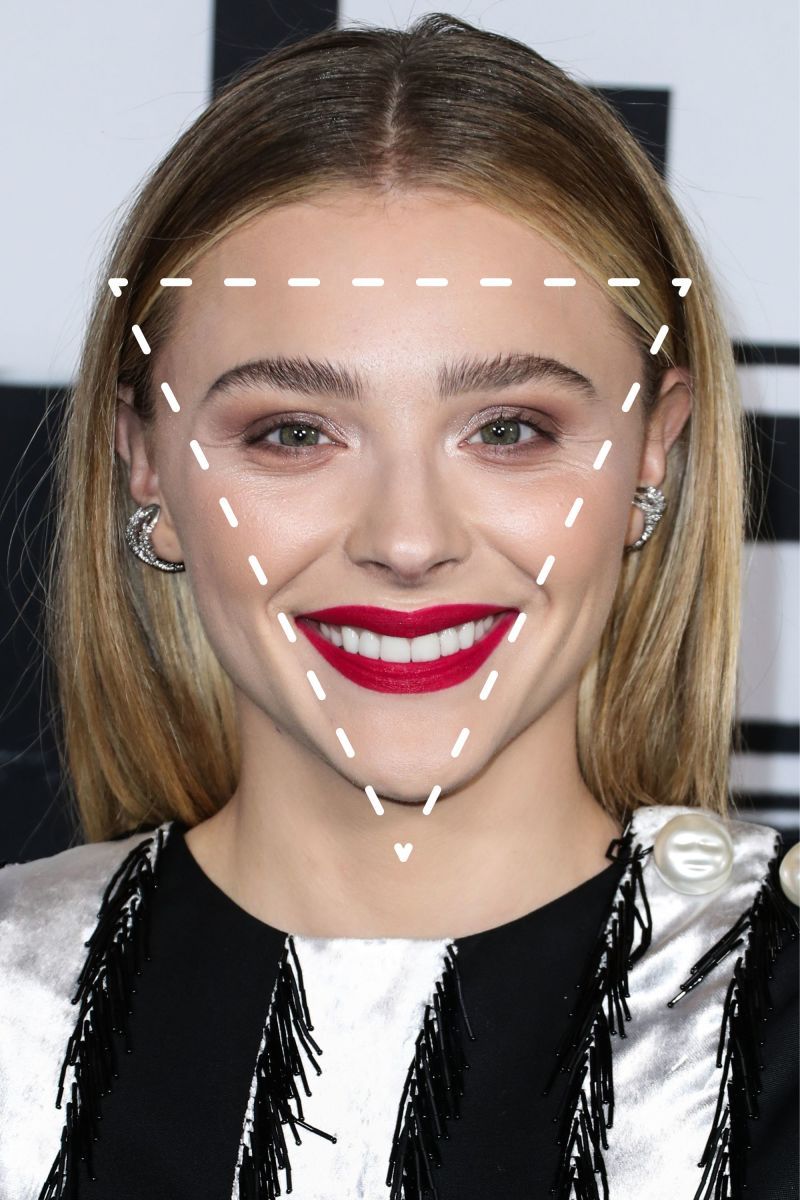
Inverted triangle faces, with broad foreheads and narrow chins, benefit from layers that add balance. Start layers around the chin to create fullness at the bottom.
Avoid heavy top layers, as they can emphasize the forehead’s width. Instead, long side bangs can soften the forehead, ensuring a graceful transition.
This creates a harmonious look that highlights the eyes and cheekbones. By focusing on balance and proportion, the hairstyle flatters the natural shape, providing a sophisticated and elegant style that enhances the inverted triangle face.
Pear Face Layering Strategy
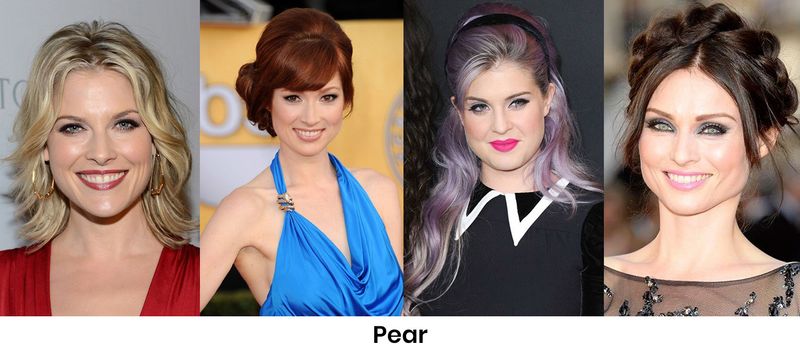
Pear faces, wider at the jaw, require layers that add width to the upper face. Layers starting around the eyes or cheeks can create a balanced silhouette.
Avoid styles that emphasize the jaw’s width. Instead, side-swept bangs can add volume and balance the proportions.
This approach helps in achieving symmetry, offering a flattering look that complements the natural contours of a pear face. By focusing on enhancing the upper face, the hairstyle provides a chic and harmonious appearance that elevates the overall look.
Trapezoid Face Layering Strategy
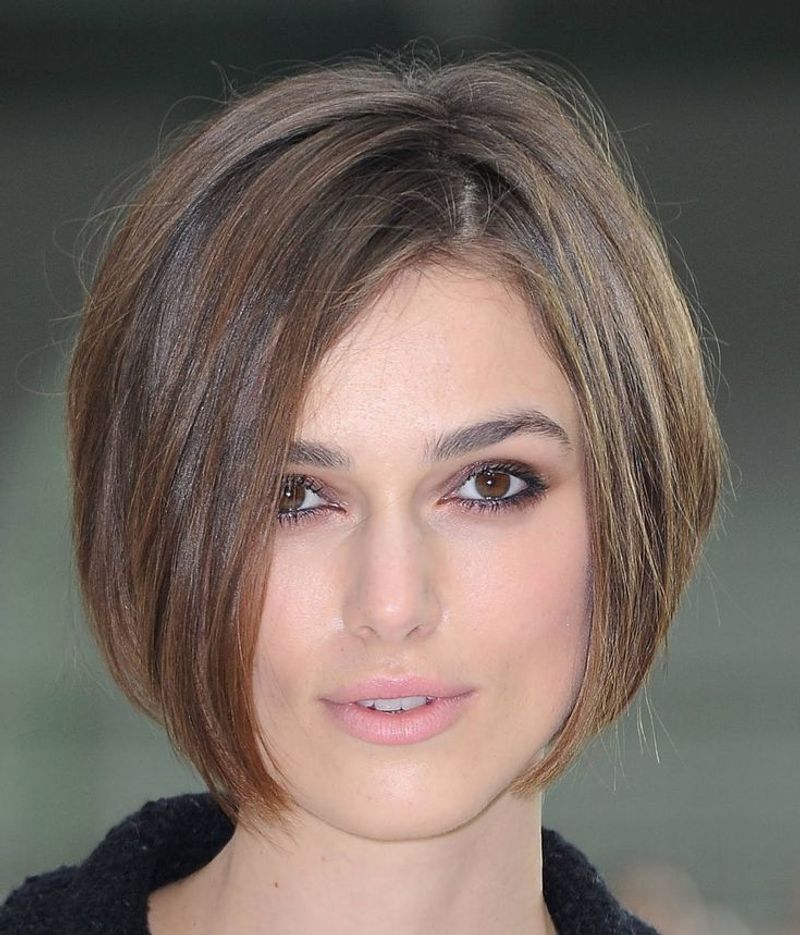
Trapezoid faces, also known as trapezium faces, require layers that balance the wider lower face. Start layers around the chin to add volume at the top.
Avoid heavy layers at the bottom, as they can emphasize the lower face’s width. Instead, choose layers that add volume to the upper face, creating a sleek silhouette.
Side bangs or curtain bangs can add to this effect, offering a balanced and stylish appearance. This strategy ensures the hairstyle is both modern and flattering, enhancing the natural beauty of a trapezoid face.
